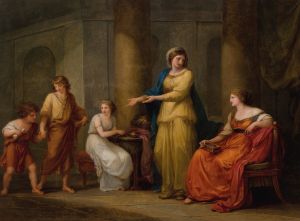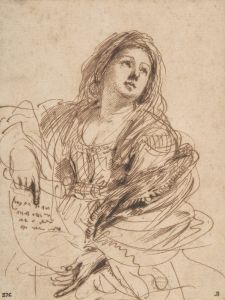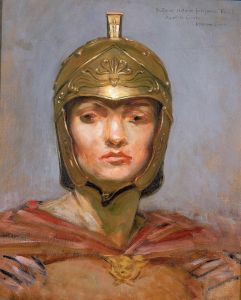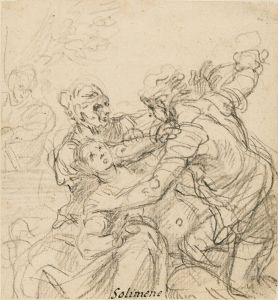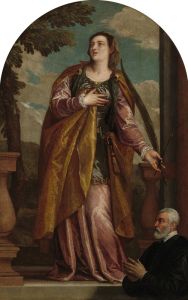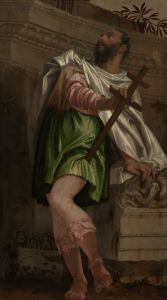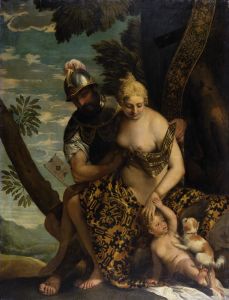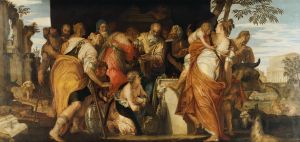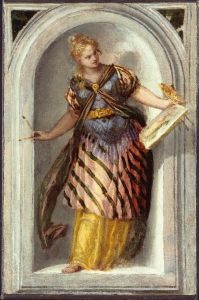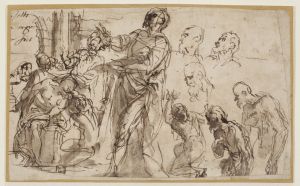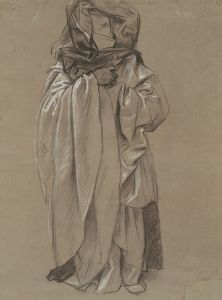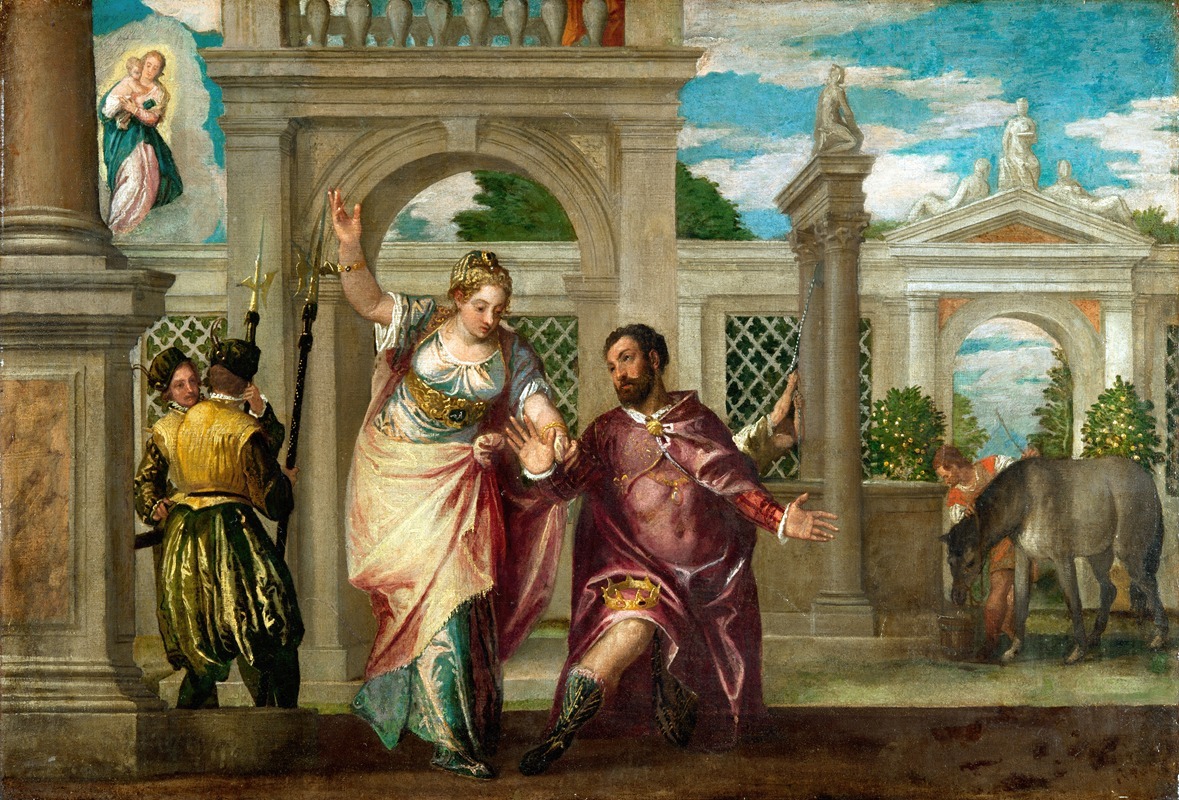
Emperor Augustus and the Sibyl
A hand-painted replica of Paolo Veronese’s masterpiece Emperor Augustus and the Sibyl, meticulously crafted by professional artists to capture the true essence of the original. Each piece is created with museum-quality canvas and rare mineral pigments, carefully painted by experienced artists with delicate brushstrokes and rich, layered colors to perfectly recreate the texture of the original artwork. Unlike machine-printed reproductions, this hand-painted version brings the painting to life, infused with the artist’s emotions and skill in every stroke. Whether for personal collection or home decoration, it instantly elevates the artistic atmosphere of any space.
"Emperor Augustus and the Sibyl" is a painting attributed to the Italian Renaissance artist Paolo Veronese (1528–1588). Veronese, renowned for his mastery of color and grand compositions, was a leading figure of the Venetian school of painting during the 16th century. This artwork is believed to depict a legendary encounter between the Roman Emperor Augustus and the Tiburtine Sibyl, a prophetic figure from ancient mythology.
The subject of the painting is rooted in a popular medieval legend. According to the story, Emperor Augustus consulted the Sibyl regarding whether he should be worshipped as a god. In response, the Sibyl is said to have had a vision of the Virgin Mary holding the Christ Child, foretelling the birth of Jesus and the coming of Christianity. This vision reportedly led Augustus to reject divine honors for himself. The theme became a common motif in Christian art, symbolizing the triumph of Christianity over paganism.
Veronese’s interpretation of this subject reflects his characteristic style, which often combined classical themes with opulent settings and vivid colors. The painting likely features Augustus and the Sibyl in a dramatic interaction, with architectural elements and rich costumes typical of Veronese’s work. However, specific details about the composition, dimensions, and current location of this painting are not widely documented.
As with many works attributed to Veronese, questions about authorship and provenance may exist, but these are not definitively resolved in historical records. The painting is an example of how Renaissance artists frequently drew upon classical and biblical themes to create works that resonated with the cultural and religious sensibilities of their time.
Further research or access to detailed catalogues may provide additional information about this artwork.





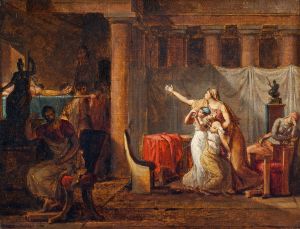
![One of two colossal statues of Rameses [sic] II. Entrance to the Temple at Luxor.](/imgs/217522/s/david-roberts-one-of-two-colossal-statues-of-rameses-sic-ii-entrance-to-the-temple-at-luxor-473c42e1.jpg)
